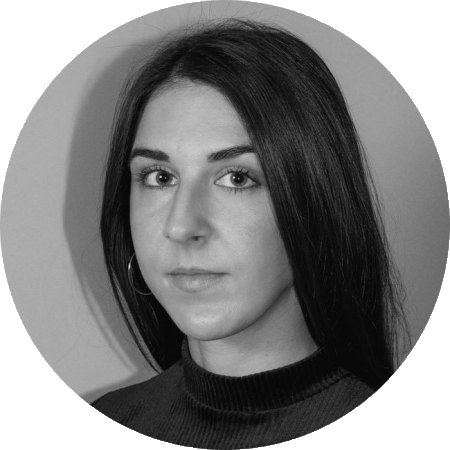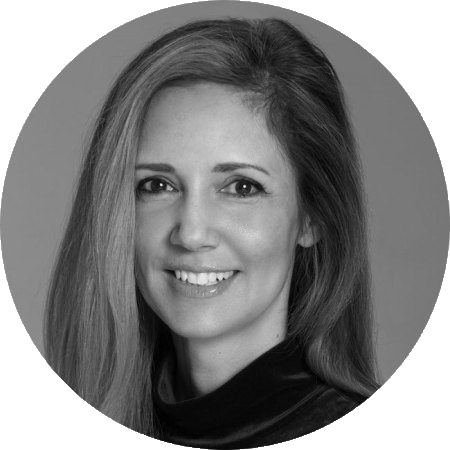But fortunately for Sachs, who’s now 47 and a social worker in Delaware, life took a radical turn for the better. She’s given birth to three children, hasn’t had any surgeries and takes no medication. After discovering physical rehabilitation specialist Dr. John Sarno, author of “Healing Back Pain: The Mind-Body Connection,” and working alongside him for years, Sachs now teaches a practice of curing your own pain and finding the root source inside of you. She runs her own YouTube channel and “The Cure for Chronic Pain” podcast.
Just as stress causes headaches and terrible news creates a pit in your stomach, Sachs’ main message is that chronic illness can be born inside of the body from unresolved trauma. Back pain, neck pain, elbow pain, knee pain, foot pain, migraines and skin conditions all plague society. Many people suffer on a day-to-day basis with some sort of physical pain or issue. In her work, Sachs incorporates various practices that inform participants of their pain and to actively connect their brain to their body.
For 37-year-old Whitney Rydman of Martinez, California, Sachs' approach has been life-changing. Two years ago Rydman was diagnosed with interstitial cystitis and pelvic floor dysfunction. Interstitial cystitis is a chronic bladder condition typically involving bladder discomfort, pressure or pain, pelvic pain, frequent urination and urinary urgency. Pelvic floor dysfunction is the inability to contract and relax the muscles of the pelvic region in order to have normal bowel movements.
“I tried many restricted diets, physical therapy, supplements, and other various treatments with no success,” Rydman told MedTruth.
In fact, she only got worse. Before trying Sachs' method, Rydman felt hopeless, depressed and even suicidal at times as she saw her future unraveling.
After a year-and-a-half of dealing with chronic pain, Rydman started using Sachs' JournalSpeak™ process, which allows the mind to release emotion through writing in complete solitude for 20 minutes.
According to Sachs, paying attention to repressed trauma can actually eradicate physical pain because the trauma is being acknowledged. Sachs suggests making lists from your childhood, or from your everyday life, in order to give your emotions a voice.
“If you choose to listen, then it will simply be a piece of information that your body is trying to tell you. If you don't choose to listen, then it will come in the form of physical pain,” Sachs states on her website.
Rydman said that she first noticed mild improvements in her condition after six months of consistent journaling and educating herself on what she learned was causing her chronic pain. Eventually, she became symptom-free.
Sachs' method isn’t easy — it takes dedication and work. Rydman said that she experienced worsening depression at first because of the repressed emotions that she was releasing. She found support and motivation to keep going in Sachs’ Facebook group.
“The more I believed in (the process), the easier it became to stay consistent. I knew that this was the answer not only for me to be pain free, but also for me to be a more well-rounded person in general.”
Sarno, the physician creator of this type of method, was a pioneer in holistic pain therapy. He was a firm believer that the brain’s reasoning for creating pain is to distract us from negative thoughts and that patients could overcome pain by looking into it psychosomatically instead of using medication. Sarno recommended the journaling method to patients and also encouraged them to proceed with regular physical activity.
Sachs doesn’t want this method to be equated with hysteria or blaming patients for creating their own pain (with negative phrases such as “It’s all in their head!”). Instead, she says that pain is real and that it can be cured by releasing the trauma stored within the body.
Angie Firmalino, 47, has been struggling with chronic pain since 2009 after having Essure permanent birth control coils implanted in her fallopian tubes. In 2011, Firmalino attempted to have the coils surgically removed but has been struggling with chronic pain ever since due to the breakdown of materials and the migration of broken-off device pieces elsewhere in her body. Firmalino, who lives in upstate New York, is the founder of Essure Problems and was featured in “The Bleeding Edge,” a 2018 Netflix documentary about the dangers of implantable medical devices
“I have had multiple surgeries, physical therapy, medications, massage, acupuncture, nerve injections, Botox injections for migraines, and trigger point injections, to name a few things,” Firmalino said.
After exhausting every specialist and method to treat her pain, Firmalino discovered Sachs' podcast and YouTube channel. She said that she was drawn to Sachs because of how raw and real Sachs is and was “awe-struck” after listening to her podcast.
“For the first time I looked at my pain from a different perspective,” Firmalino said. “She has a way of explaining the mind-body connection in such a way that it completely and undeniably makes sense. It was the first time in a long time that I had hope that I could possibly feel better.”
Firmalino’s chronic pain was making her angry.
“I felt traumatized by all of the procedures and surgeries that I had to go through because of this medical device. It affected every aspect of my life and I was pissed. Part of me mourned for my healthy, happy self, as now I was living with several diagnoses of systemic autoimmune conditions," she said. "I didn’t feel like me anymore."
In order for Firmalino to begin healing, she decided to understand her repressed emotions which influenced the anger that she felt toward her medical trauma.
“I never really dealt with that trauma and how it affected my relationships with people,” she said. “I often found myself ruminating about so many different things at night after everyone was asleep. I couldn’t turn my brain off and my pain levels would get so high that I couldn’t fall asleep.”
Through practicing the JournalSpeak method, Firmalino felt “a huge weight” lift off of her physically. After three months of journaling and meditation, she began to mentally feel better.
“There are even moments now that I will notice I’m not experiencing any pain! And that hasn’t happened in years. I can’t say I am 100% pain-free yet, but the improvement has been significant,” she said.
“Your emotions are quite literally killing you — not because you feel them ... because you don't. Each of us unwittingly wears a mask so familiar and cunning, that we have lost the ability to pull it from our faces.”
She advises followers that curing yourself is not as hard as you think. Does it take dedication? Sure. Is it an extensive practice? Yes. Is it worth it?
Well, at least for Rydman and Firmalino, the answer would be a resounding yes.
For more information on Sachs' approach to healing chronic pain please visit her website. Her next retreat is April 5-10, 2020 in Santa Cruz, California.

